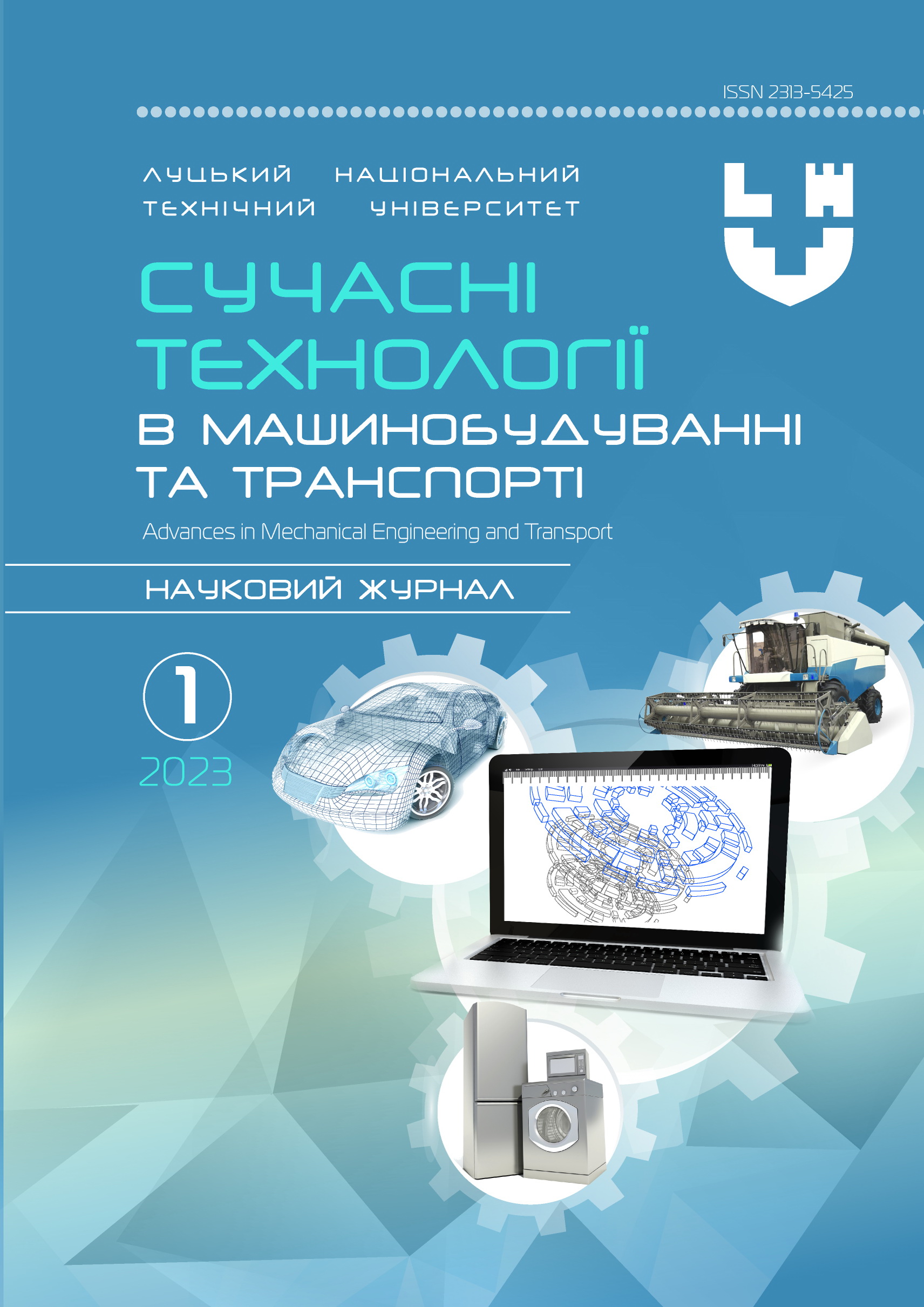Comparison of total carbon dioxide emissions of renault kangoo cars with diesel and electric engines
Abstract
The work includes calculations of carbon dioxide emissions when comparing two vehicles created on the same basis. Renault Kangoo 1.5 dCi – a car with a diesel internal combustion engine and Renault Kangoo Z.E. – with an electric motor. The paper presents calculations of CO2 emissions during production, operation, maintenance, and disposal of two vehicles. Carbon dioxide emissions when using cars for 5 years, 10 years, and 15 years were compared. Calculations of emissions were carried out when using electricity produced in Ukraine to charge an electric car. A comparison of CO2 emissions during the production of an electric car, electricity for charging its battery, and when burning diesel fuel by a car was made.
A positive environmental effect is observed in the local place of use of the electric car, since organic fuel is not burned and CO2 is not released. With an average annual mileage of less than 10,000 km, from the point of view of the amount of CO2 emissions, the effect of using an electric car will be insignificant, since, in the end, such a replacement will lead to an increase in the emitted CO2, which is carried out during the production of a new electric car. If the average annual mileage is 30,000 km or more, then after a mileage of 160,000 km, or 6 years of operation, the total CO2 emissions of both vehicles will be the same. A significant environmental effect is obtained during further operation of the electric vehicle. The obtained results indicate that, in order to reduce emissions, it is rational to replace the car with a new electric car, if the owner of the vehicle actively uses it, that is, the daily mileage is at least 100 km.
Key words: electric car, automobile, internal combustion engine, electric motor, carbon dioxide emissions, ecology, lithium-ion battery.




